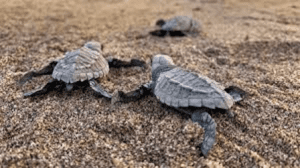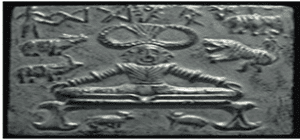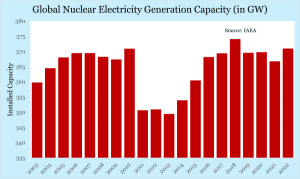CONFLICT BETWEEN KERALA GOVERNMENT AND GOVERNOR OVER WITHHELD ASSENT TO BILLS
TAG: GS 2: POLITY
THE CONTEXT: The recent conflict between the Kerala government and Governor Arif Mohammed Khan over the withholding of assent to several Bills has brought to light an ongoing issue in Indian governance.
EXPLANATION:
- This conflict echoes similar disputes in states like Tamil Nadu, Punjab, and Telangana, where Governors appointed by the President, often from the ruling party at the center, clash with state governments led by opposition parties.
Governor’s Role in Lawmaking
- Article 200 of the Indian Constitution delineates the Governor’s authority in the legislative process.
- Upon the passage of a Bill by the state legislature, the Governor is presented with three options:
- to provide assent,
- withhold assent, or
- reserve the Bill for the President’s consideration.
- However, the absence of a specific timeline for decision-making has led to Governors withholding assent for prolonged periods, leaving Bills and legislative processes in limbo.
President’s Role in Lawmaking
- When a Bill is referred to the President for consideration, Article 201 outlines the President’s authority.
- The President can either grant or withhold assent.
- If assent is withheld, the Bill is returned to the state legislature for reconsideration within the stipulated period.
- Failure to act within this period results in the Bill lapsing.
- Unlike the Governor, the President is not obligated to grant assent upon reconsideration.
Kerala’s Legal Challenge
- The Kerala government has approached the Supreme Court, alleging arbitrary actions by Governor and President.
- The government contends that the prolonged withholding of assent violates Article 200, thereby undermining the state legislature’s functioning.
- Additionally, the lack of reasons provided by President for withholding assent to certain Bills is seen as a violation of Article 201.
Similar Cases in Other States
- Instances of Governors withholding assent have been observed in other states as well.
- In Tamil Nadu, Governor refusal to assent to multiple Bills led to criticism and legal challenges.
- Similarly, Telangana faced a similar situation when the Governor withheld assent to Bills passed by the legislative assembly.
- Despite legal pressure, no definitive timeline for decision-making by Governors has been established by the Supreme Court.
Judicial Interpretation
- In a significant ruling in November 2023, the Supreme Court addressed the issue of Governors withholding assent.
- The court emphasized that Governors cannot indefinitely delay the legislative process and must adhere to the provisions outlined in Article 200.
- However, the court refrained from setting a specific timeline for decision-making, prompting the Kerala government to seek further clarification on this matter.
Constitutional Provisions and The Governor’s Power:
- ARTICLE 200 – ASSENT TO BILLS
- According to Article 200, when a Bill passed by the Legislature of a State is presented to the Governor, he has four options available to him; giving assent, withholding assent, reserving the Bill for the consideration of the President or returning the bill to the state assembly for reconsideration.
- ARTICLE: 201- BILLS RESERVED FOR CONSIDERATION
- The Indian Constitution deals with provisions related to bills reserved for the consideration of the President.
- When a Governor reserves a Bill for the consideration of the President, the President shall declare either that he assents to the Bill or that he withholds assent.
- The President may also direct the Governor to return the Bill, where the Bill is not a Money Bill, with a message. When a Bill is so returned, the House or Houses shall reconsider it accordingly within a period of six months from the date of receipt of such message and, if the House or Houses again pass it with or without amendment, it shall be presented again to the President.
- There is no timeframe mentioned for the above provisions.
- VETO POWER OF THE GOVERNOR WITH RESPECT TO BILLS
- The Governor of India enjoys absolute veto, suspensive veto (except on money bills) and the pocket veto.
- Absolute Veto: It refers to the power of withholding his assent to a bill passed by the state legislature. The bill then ends and does not become an act.
- Suspensive Veto: The Governor returns the bill to the state legislature for its reconsideration.
- Pocket Veto: The constitution of India does not provide a time frame for the Governor and the Bill may be kept pending.
SOURCE: https://indianexpress.com/article/explained/explained-law/governors-assent-to-state-laws-9239214/



